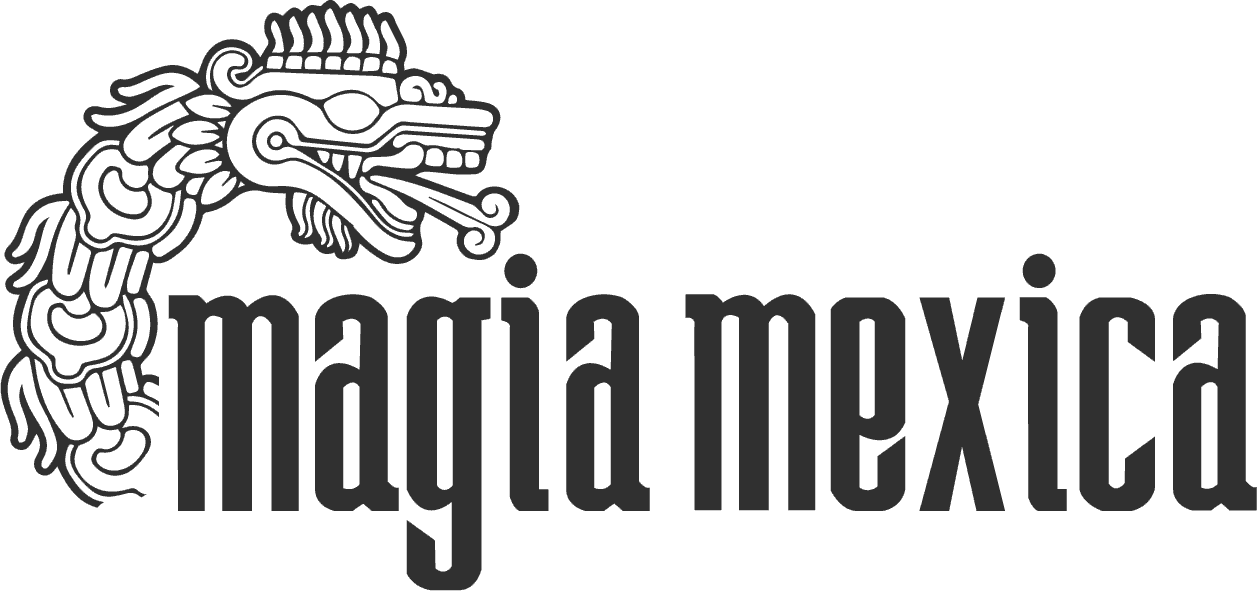“La ciudad al borde del pozo de los itzáes”
(The city on the edge of the pit of the Itzaes)
.
.

More than a pyramid, Chichén Itzá was the capital most prominent of Maya’s territory.
Located at the west of Yucatán (we already write something about it btw) about 120 km from Merida, this Mayan city is World Heritage of Humanity (UNESCO 1988) and a World Wonder (2007).

One striking aspect about the placement of this antique temple is the building is right on the lines intersection of 4 cenotes.

One Mesoamerican practice was taking the calendar numbers as a reference of the stairs quantity in the buildings or the offering objects.
Properly these Mayan ruins/pyramids are world famous because the equinox phenomenon that occurs right on the ruins most specifically on the “El Castillo” staircase:
At dusk of March 21 and September 22, the days of the beginning of the equinoxes of spring and autumn respectively, is observed in the northern staircase of the Pyramid of Kukulkan, a solar projection, consisting of seven triangles of light, inverted, as a result of the shadow projected by the nine platforms of that building, when the sun sets, which creates the appearance of a snake that gradually goes down one of the stairs to the head, located in the lower part of the pyramid, until completing the emblematic feathered serpent. The process from its beginning until its completion, lasts approximately 45 minutes.
Another phenomenon observed in the Mayan pyramid is the lunar equinox that happens during the early hours of the full moon, in which the visual game of the shadow triangles is repeated on the staircase of the El Castillo pyramid, which simulates the descent of the feathered serpent.
During the dawn of June 20, 21 and 22, the summer solstice takes place, this spectacular phenomenon causes the light to illuminate only the north and east sides of the pyramid, while the south and west sides remain in the shadow. In winter the opposite happens, that is, the illuminated part darkens and the dark one illuminates, besides that it does not happen at dawn, but at sunset of the days of December 20 to 22.”
Chichén Itza (http://www.yucatan.gob.mx/?p=chichen_itza, 2019)
This big event wouldn’t be possible if without the great astronomical and architectonic Mayan knowledge.


